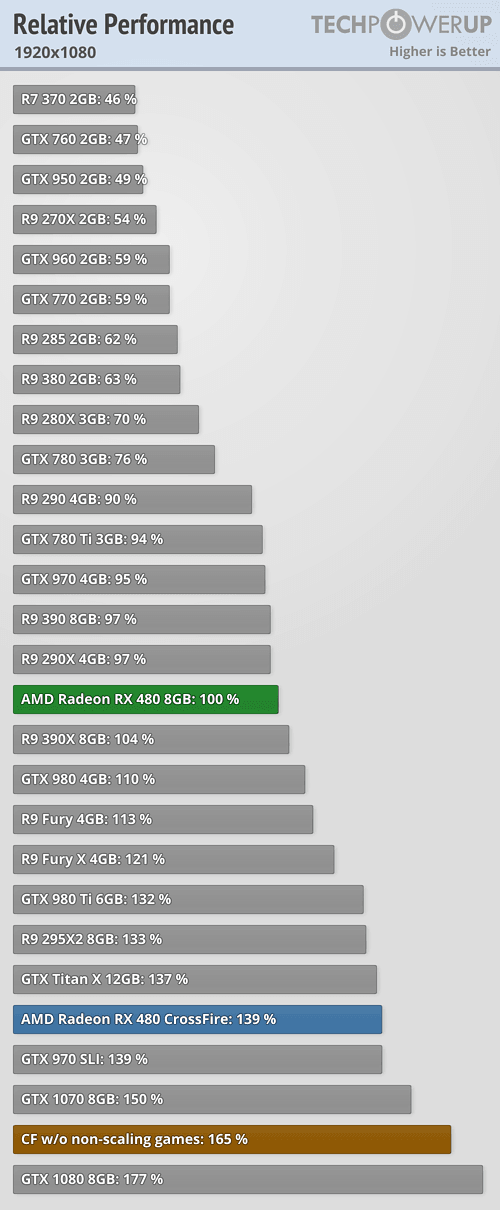Sakkura
Illustrious
jimmysmitty :
Which DX12 games? That's the problem. The market is currently saturated. By the time DX12 is the majority API, they will probably be just as good at each other and will matter only which is better.
I mean sure TH and TPU can run games that are either biased towards one (AotS), buggy and still incomplete even (Hitman) or one that is not out yet.
How many people do you know are playing Hitman or AotS? Most people are playing GTA V, the Witcher 3, DOOM or a multitude of older titles like CS:GO, TF2, LoL, DOTA2 etc.
SO which games matter more? The ones that are currently in their infancy and/or just glorified benchmarks or the games that everyone is playing?
I mean sure TH and TPU can run games that are either biased towards one (AotS), buggy and still incomplete even (Hitman) or one that is not out yet.
How many people do you know are playing Hitman or AotS? Most people are playing GTA V, the Witcher 3, DOOM or a multitude of older titles like CS:GO, TF2, LoL, DOTA2 etc.
SO which games matter more? The ones that are currently in their infancy and/or just glorified benchmarks or the games that everyone is playing?
It's funny you should mention Doom. It's Vulkan rather than DX12, but the results are the same (if not even better for AMD).


 alot of people with low budget love to play on three screens . and as I said , they get the other card for more GPU power later ...
alot of people with low budget love to play on three screens . and as I said , they get the other card for more GPU power later ...
